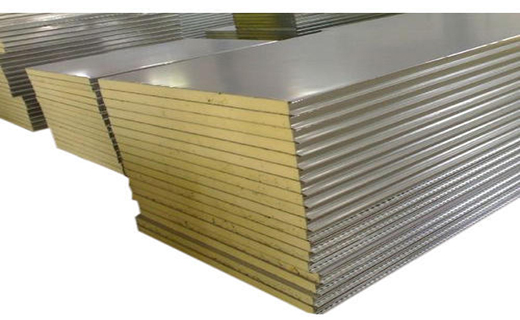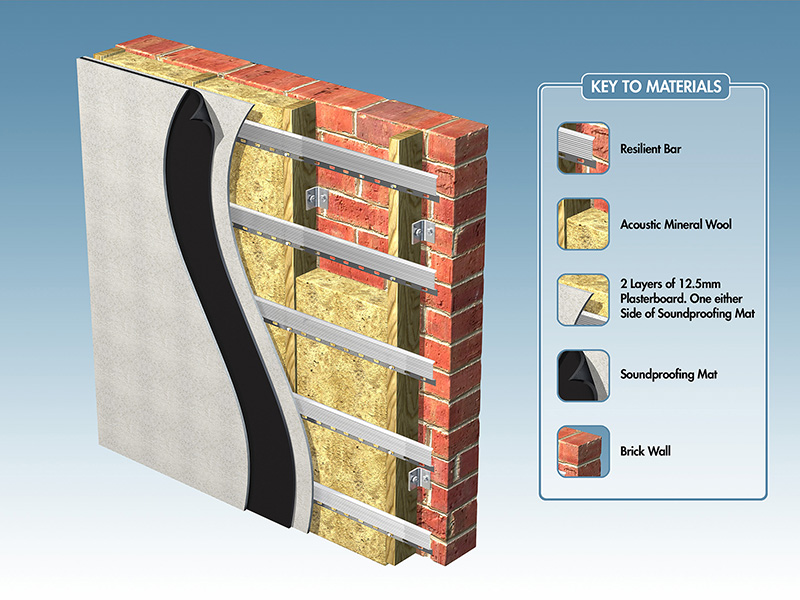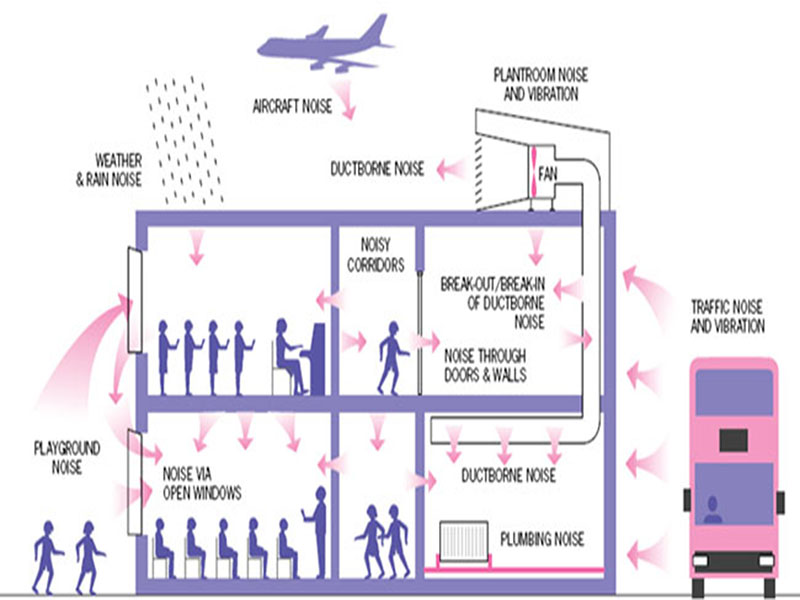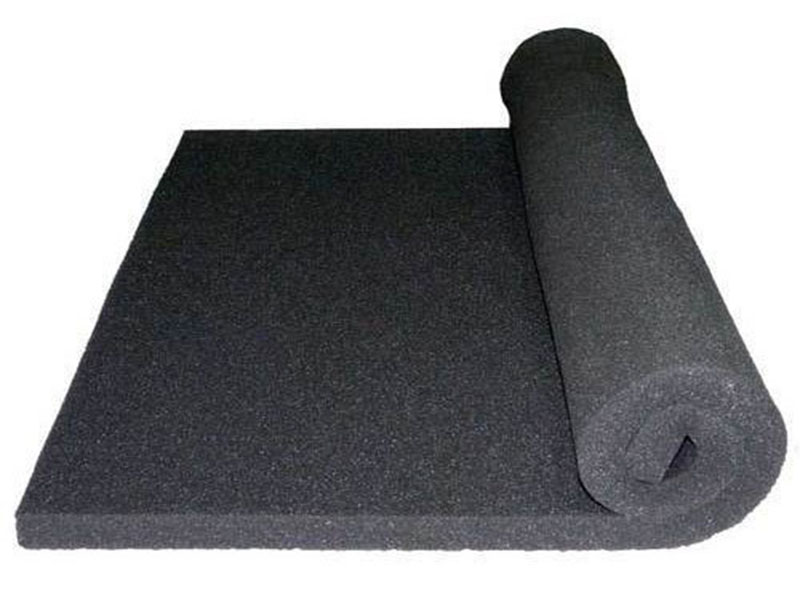01. Cryogenic Insulation
In order to guarantee the LNG cold temperature of -160°C, high-quality insulation applied in accordance with strict specifications is essential. Insulation systems consisting of Polyisocyanurate (PIR) rigid foam or cellular glass insulation, applied in multiple layers, in combination with high performance vapour barriers are used in order to produce the necessary degree of insulation. Mechanical and weather protection to the installed insulation is achieved by the application of specified cladding materials, which include stainless steel; Aluminised steel or UV cured GRP. The Polyisocyanurate (PIR) rigid foam used for pipe, equipment and storage tank insulation is produced specifically for use in LNG insulation systems, and has to have the required mechanical properties in order to accommodate the thermal stresses involved, in addition to possessing the necessary thermal properties.
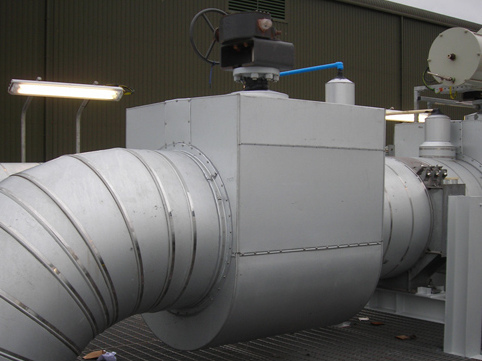
Cryogenic Insulation - 1

Cryogenic Insulation - 2



